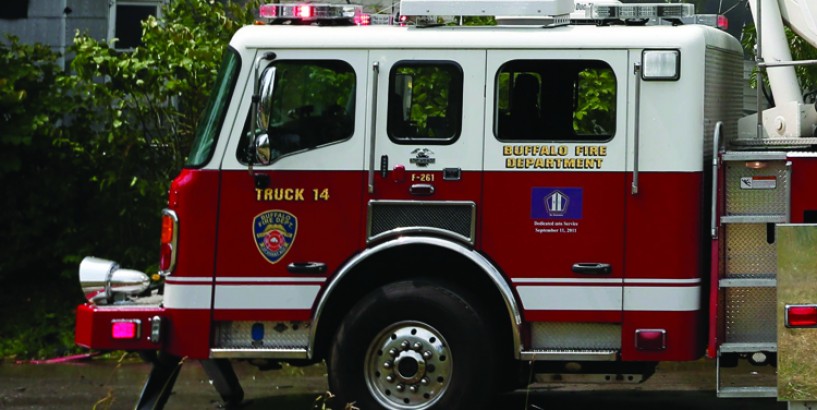The U.S. Justice Department’s discrimination case against the Buffalo Fire Department started 45 years ago, in 1974. Stanley Makowski was mayor of Buffalo, Hugh Carey was elected as New York’s governor and President Richard Nixon resigned from office that year during the Watergate scandal.
In 1979, U.S. District Judge John T. Curtin put the police and fire departments here under an order to desegregate. Last year, Judge Lawrence J. Vilardo dissolved the order against the police department, and just last week he ended the order against the fire department, 40 years after it was issued.
The occasion calls to mind the quotation that Martin Luther King Jr. popularized from a 19th century Unitarian minister, Theodore Parker: “The arc of the moral universe is long, but it bends towards justice.”
Curtin, who died in 2017, did not live to see the conclusion of this arc, but it served its purpose in forcing changes in hiring practices for the fire department. It’s a better operation because of it.
In 1974, the department’s workforce had shamefully low minority representation: It was 1 percent black, with no Hispanics or women. In April of 2018, the department’s overall workforce was 24 percent African-American, 5.5 percent Hispanic and 5 percent female.
Curtin’s “Final Decree and Order” was intended to have the fire department evolve to where the percentage of minority employees is equal to the percentage of minorities in the city’s overall workforce.
At Vilardo’s prompting, both the Justice Department and the City of Buffalo agreed the conditions had been met and the order could be dissolved.
The 40-year journey to this point was not an easy one. Curtin’s original order required the department to install a recruitment plan requiring that half of all new firefighters be minorities. Noting the progress that had been made 10 years later, Curtin in 1989 amended the ruling to require that the percentage of minorities and women hired by the Fire Department be equal to the percentage of minorities and women who took the written test. He lifted that order in 2012.
Curtin’s orders for fire and police department hiring, as well as his landmark school desegregation order that mandated busing in Buffalo, made him his share of enemies. There were death threats made against his family. A number of white job applicants for firefighter and police jobs were angry, feeling that Curtin’s ruling denied them equal opportunity.
Now there is that bend to justice. One of the last parties contesting the fire department’s hiring practices was a group of African-American firefighters who called themselves Men of Color Helping All Society, or MOCHA. The group – which sued the department in 1998, alleging discrimination against minorities – had pressed concerns about how the department selected fire lieutenants. MOCHA later dropped its objections.
This is good news for all of Buffalo. The order stemmed from official racism that penalized the city’s minority population, treating them with disdain and cutting off a route to prosperity. Now, that has changed.
Greater diversity in the fire and police departments will be among Curtin’s greatest legacies. Here’s hoping things have really changed, and the city continues on this inclusive path.









